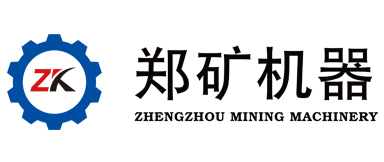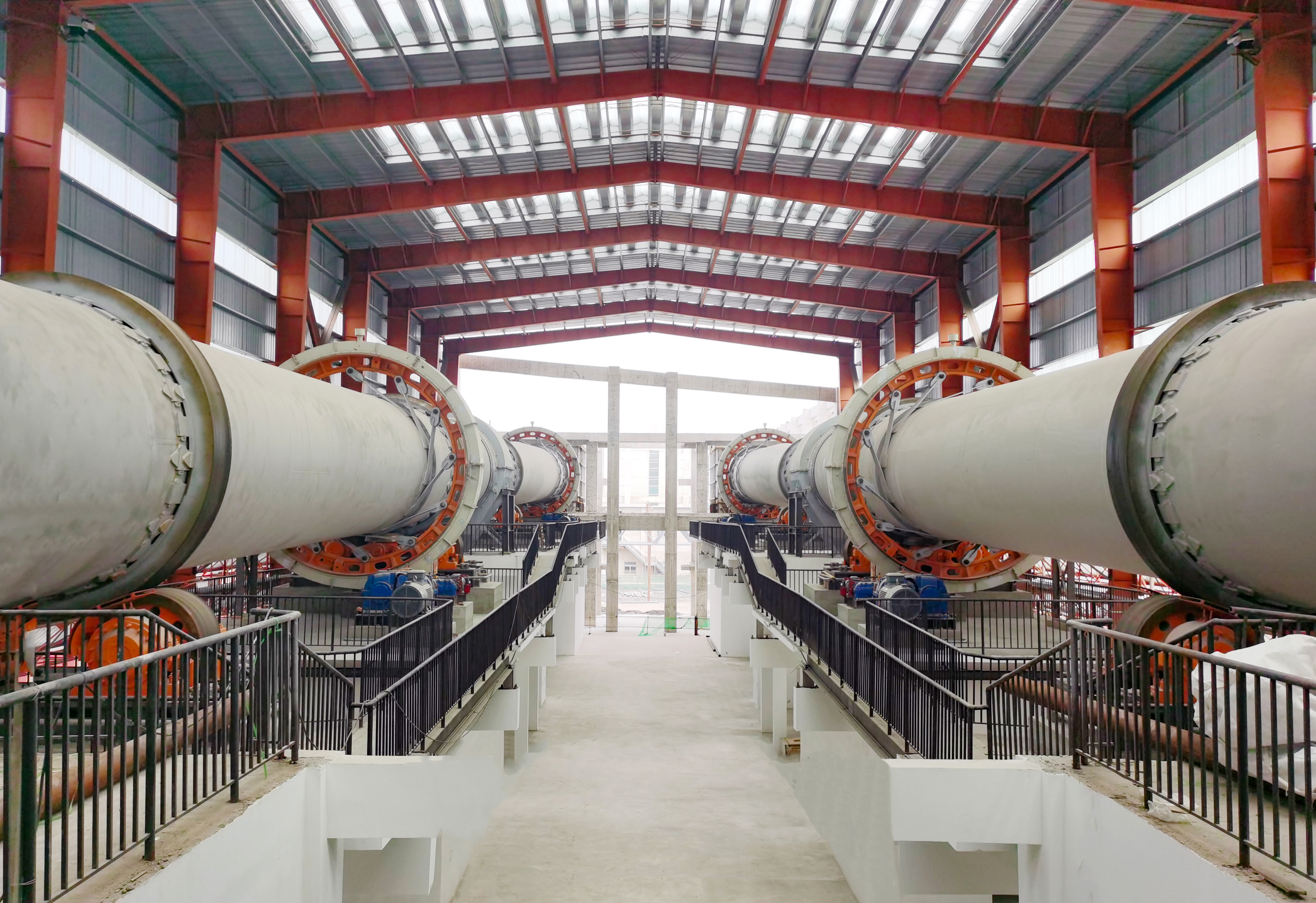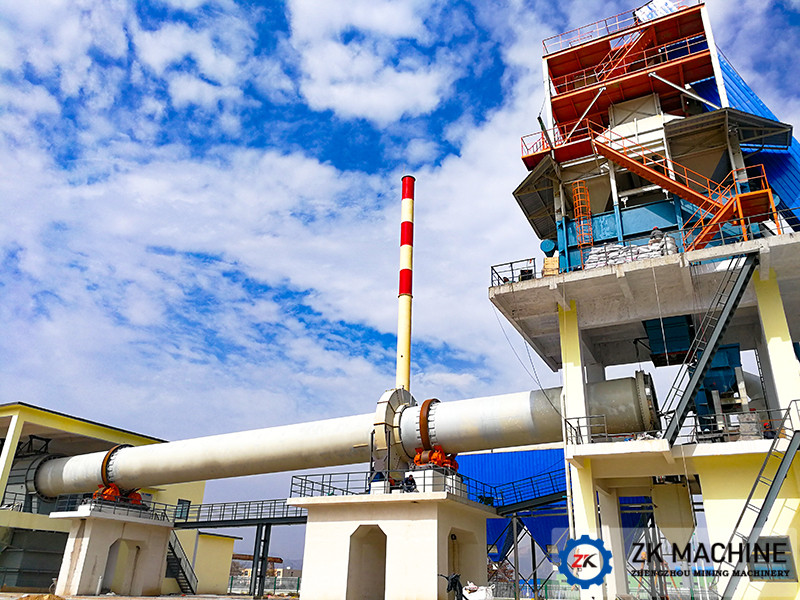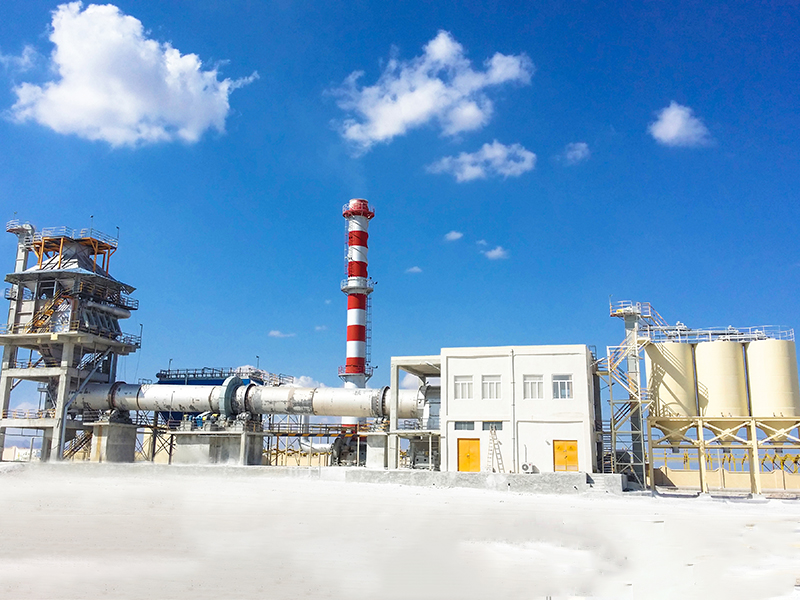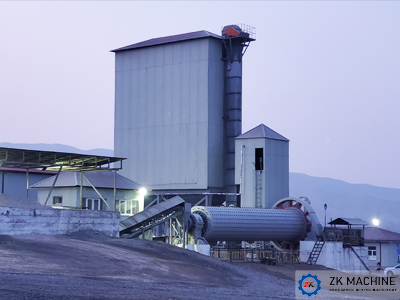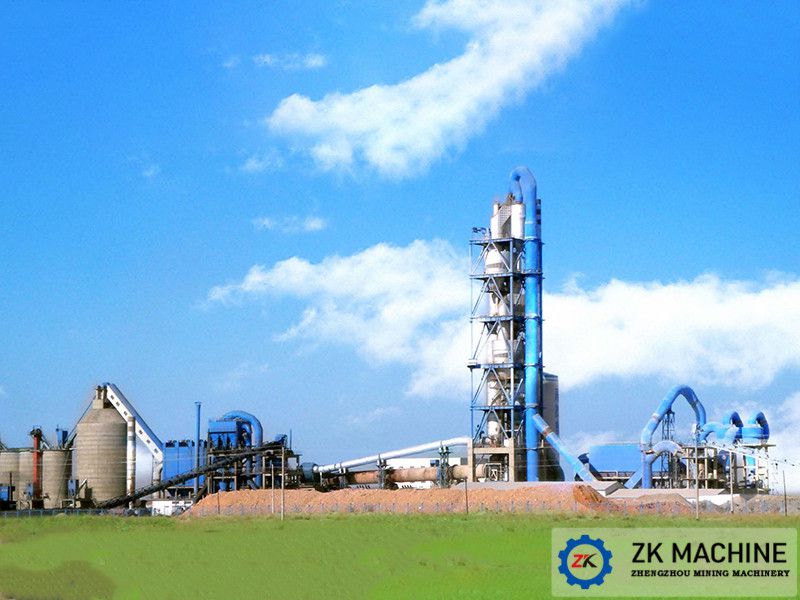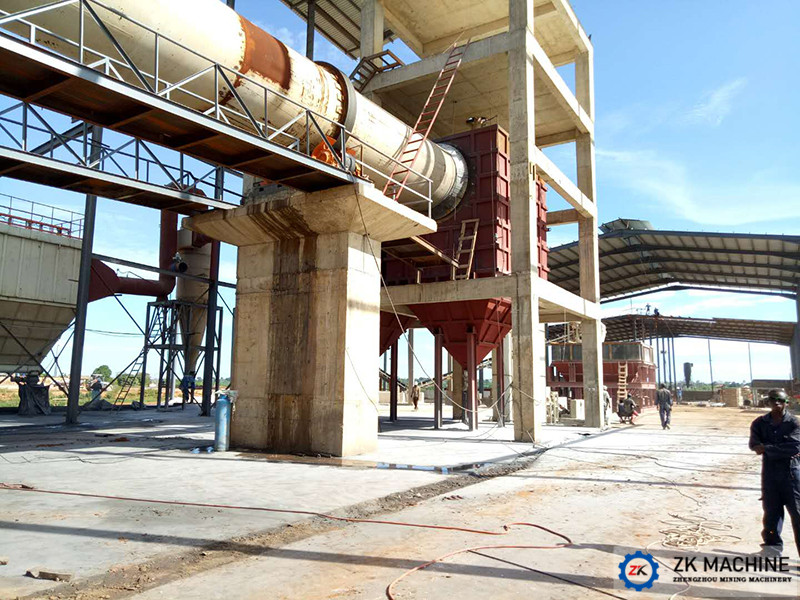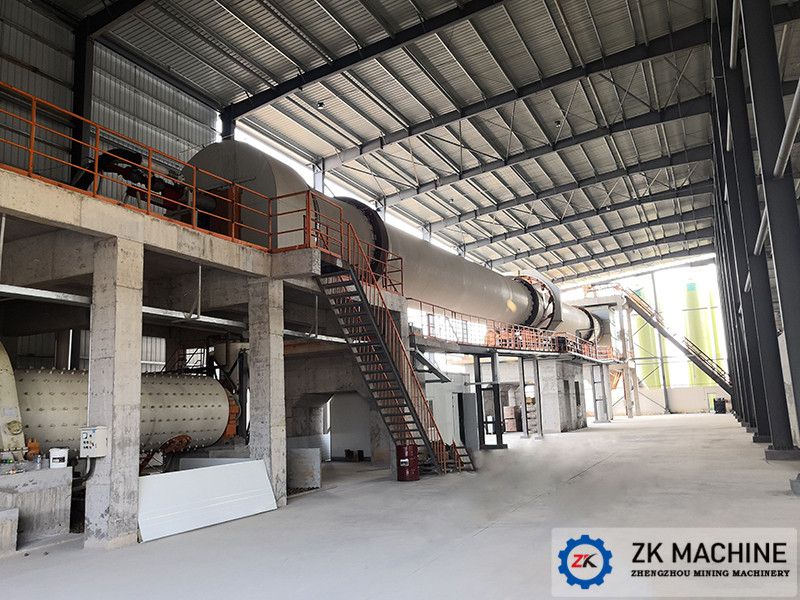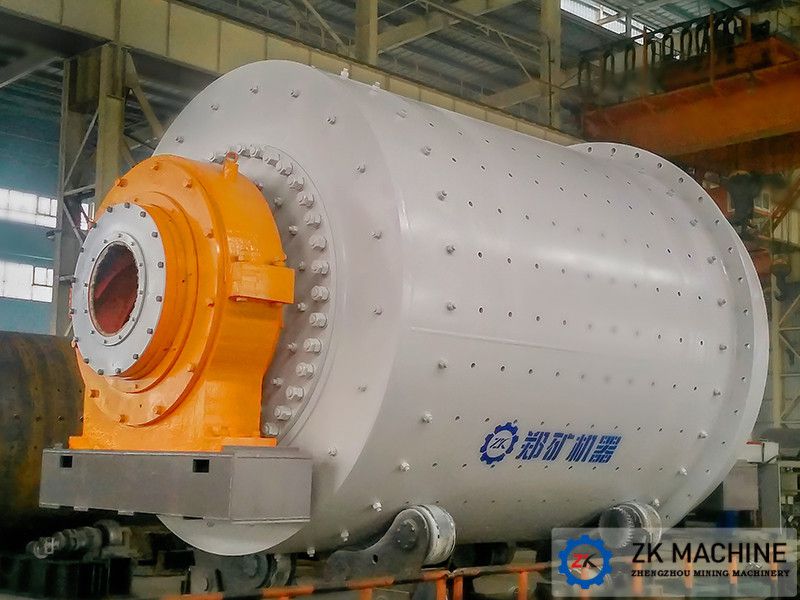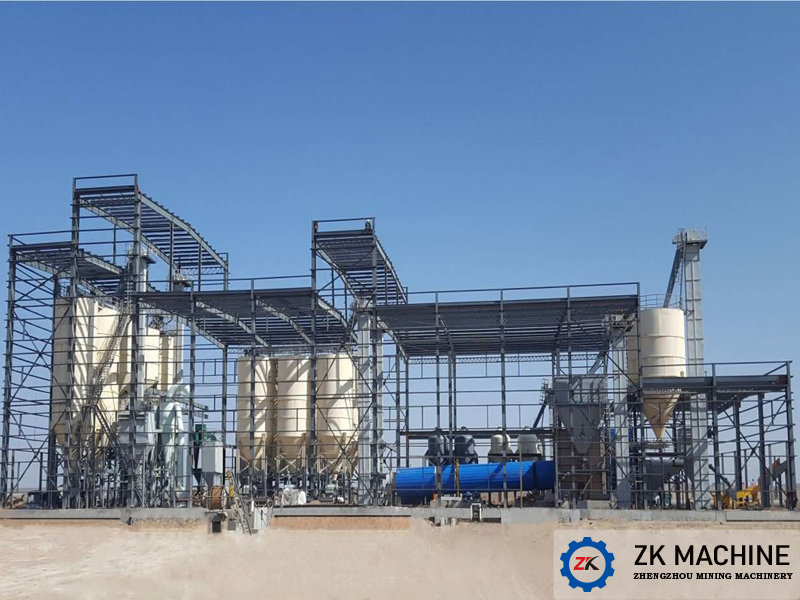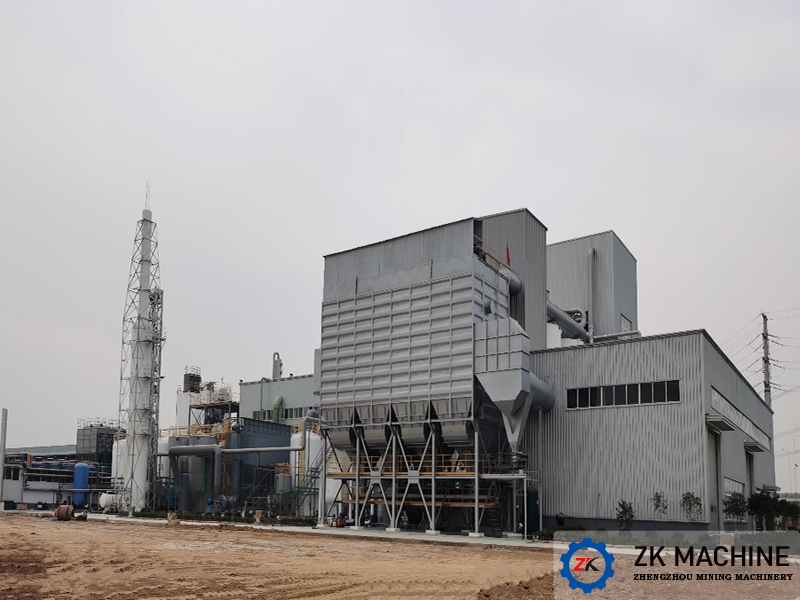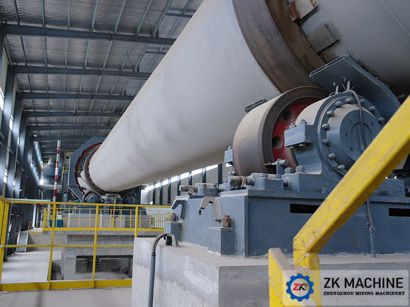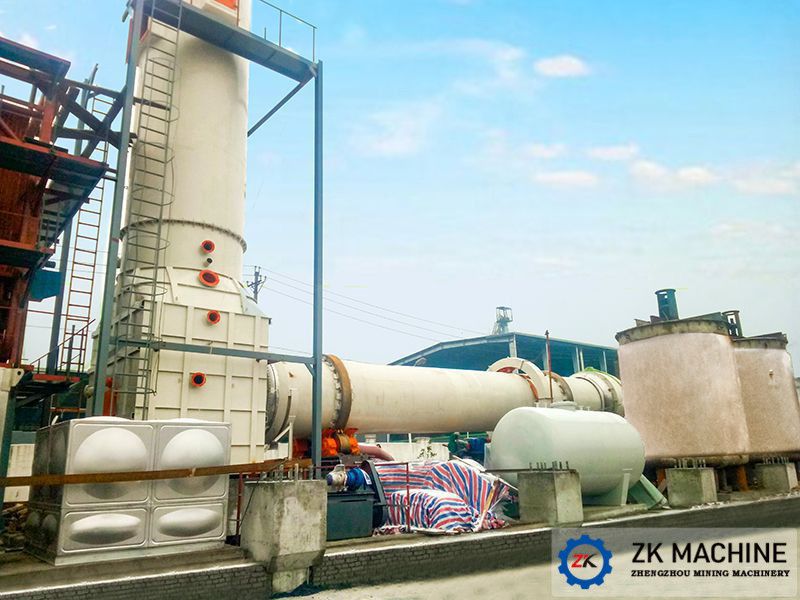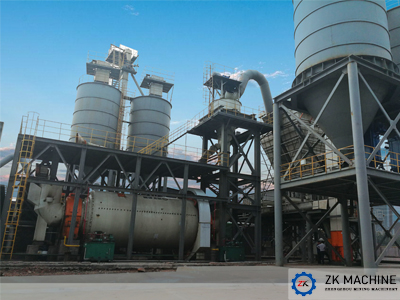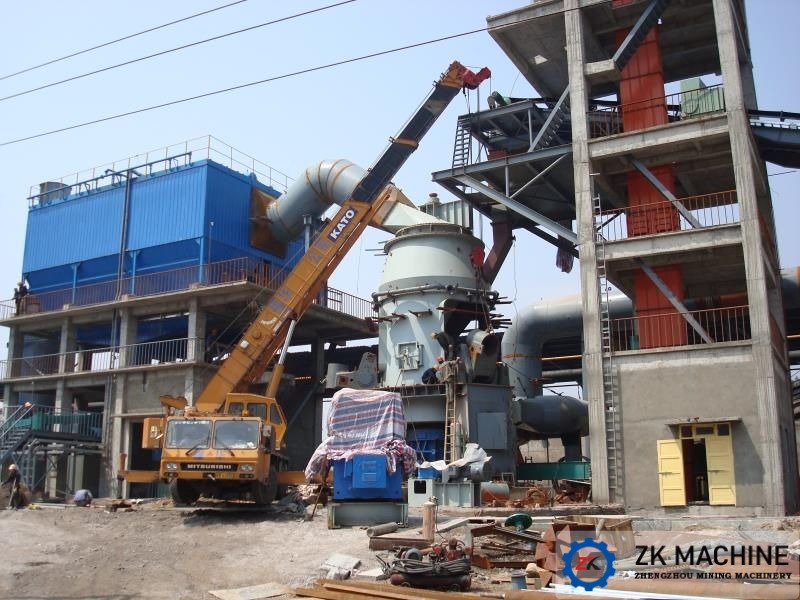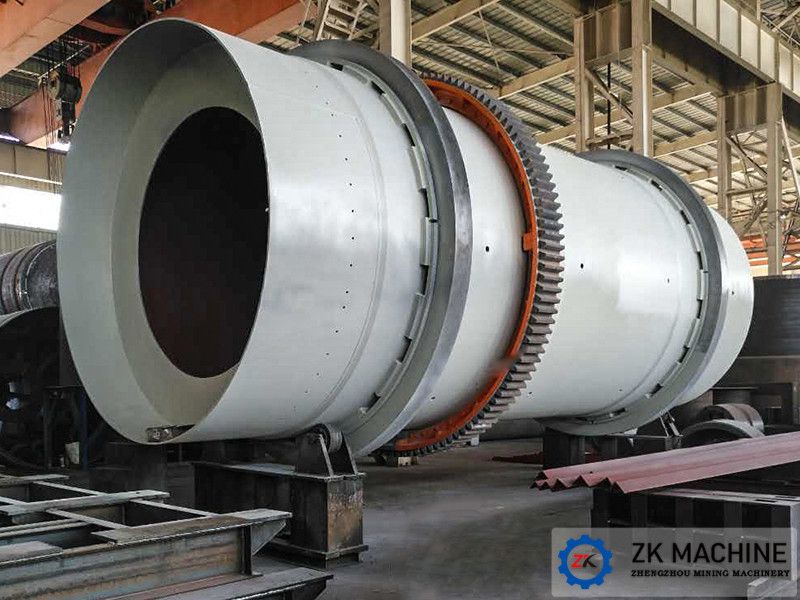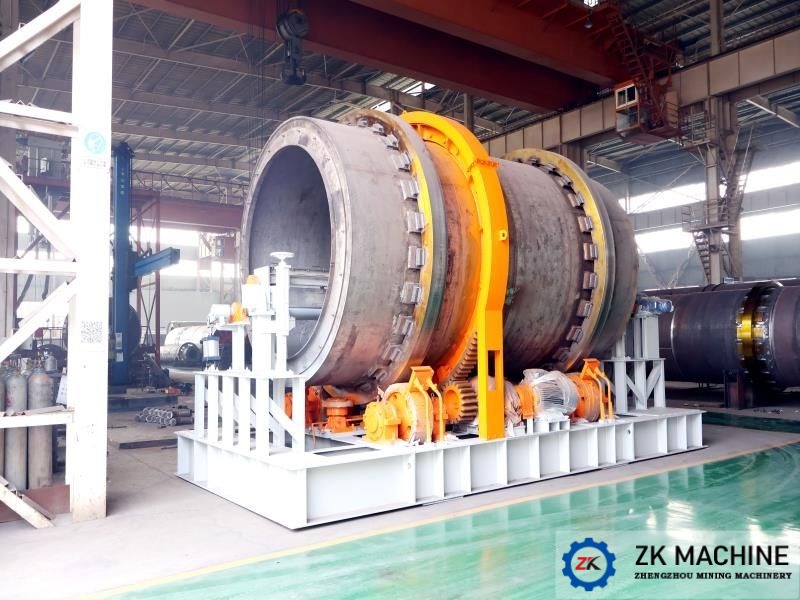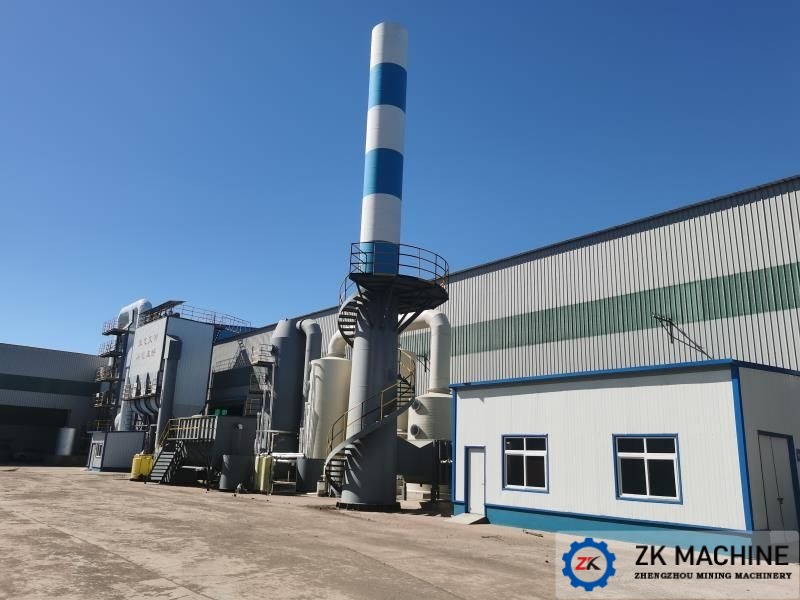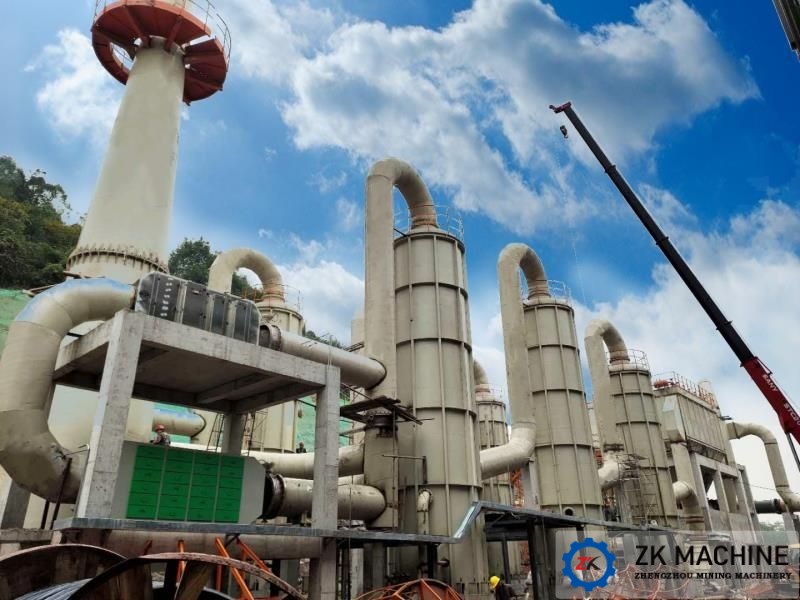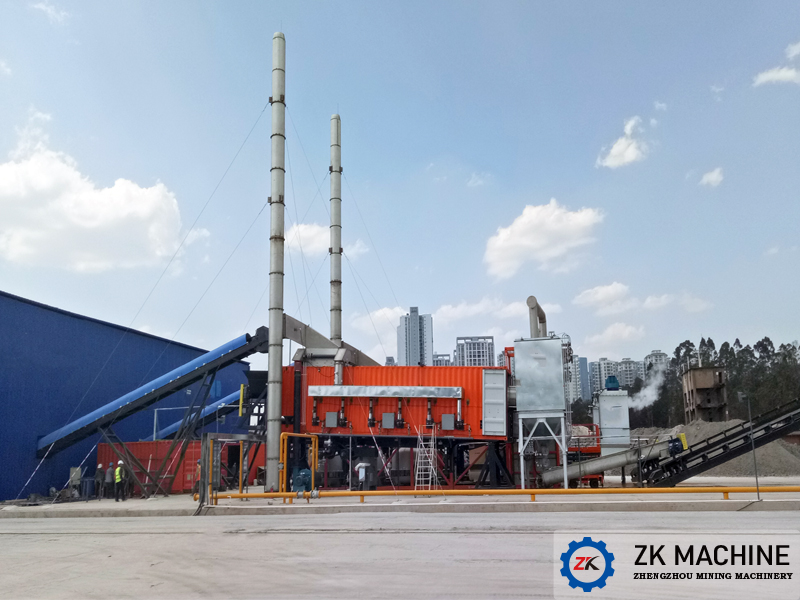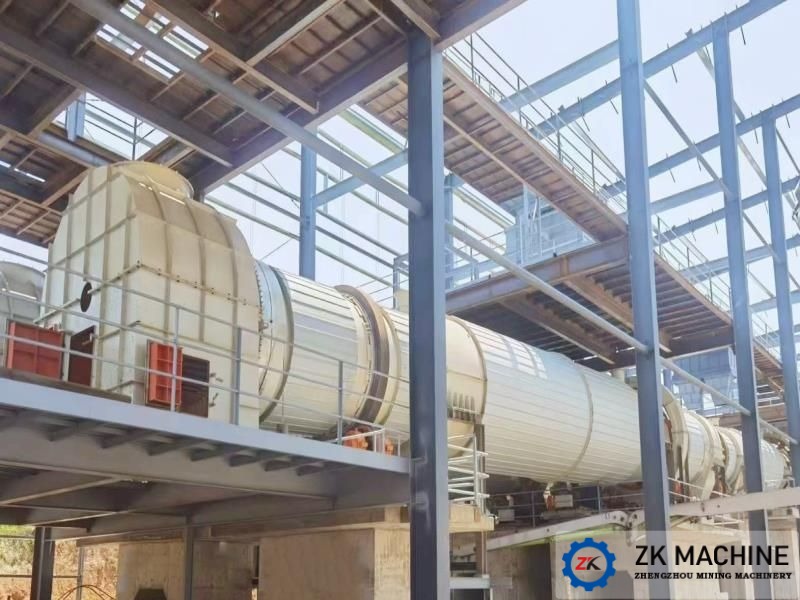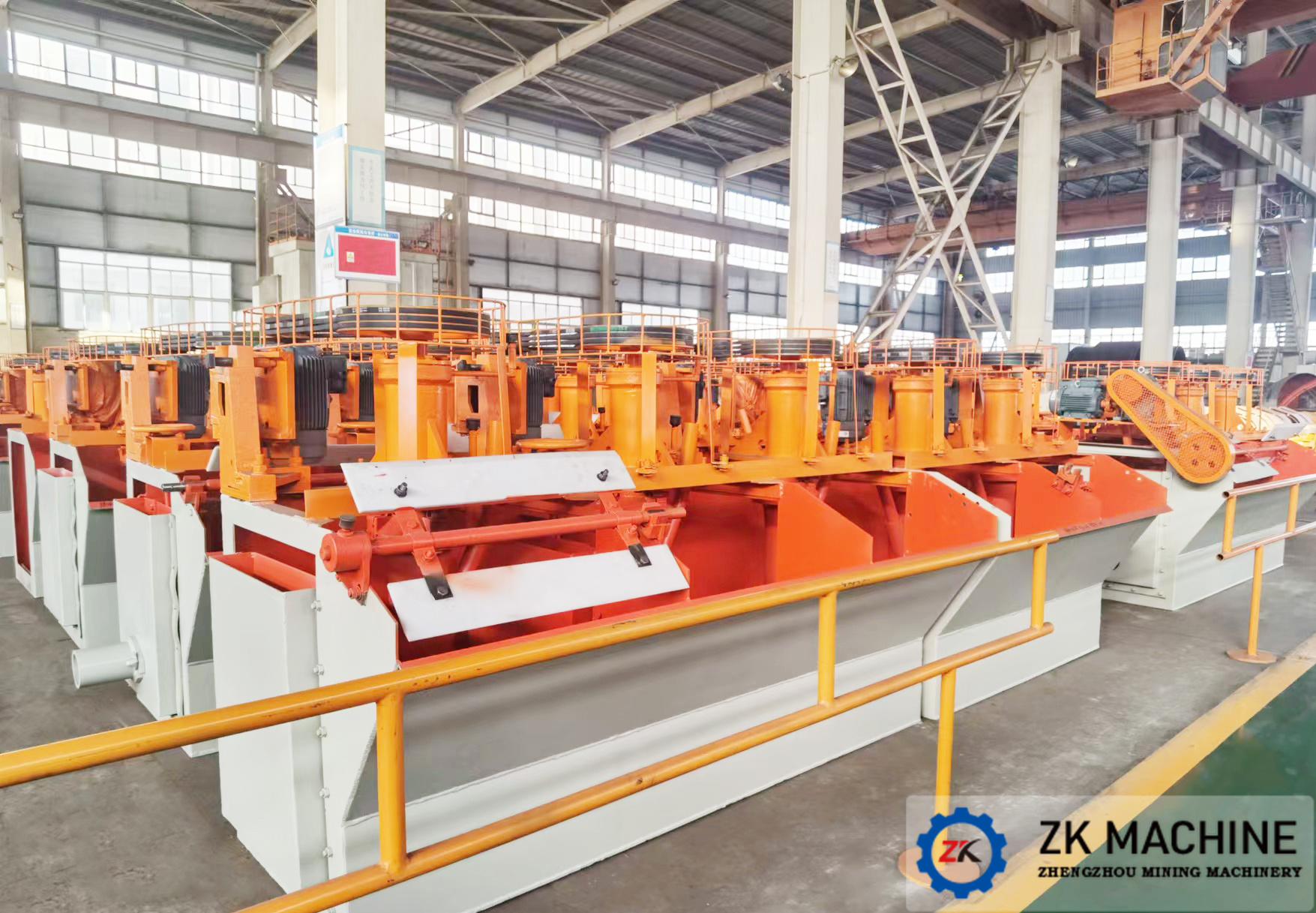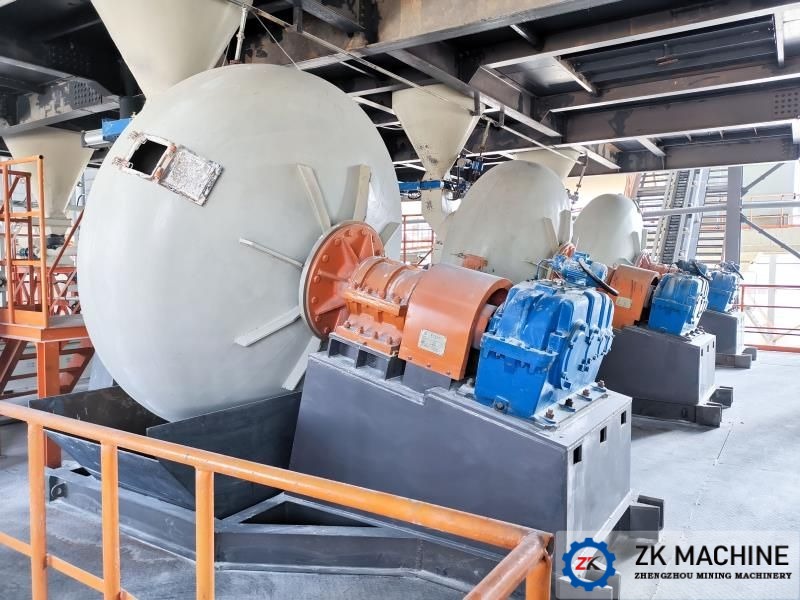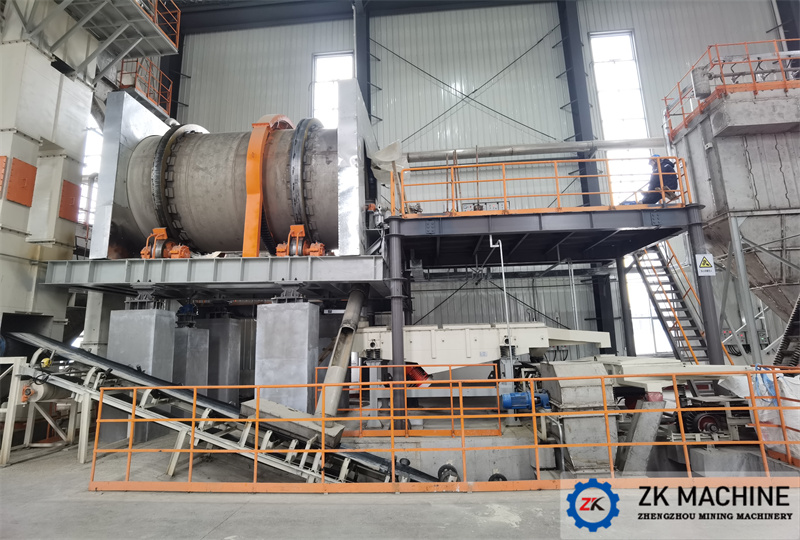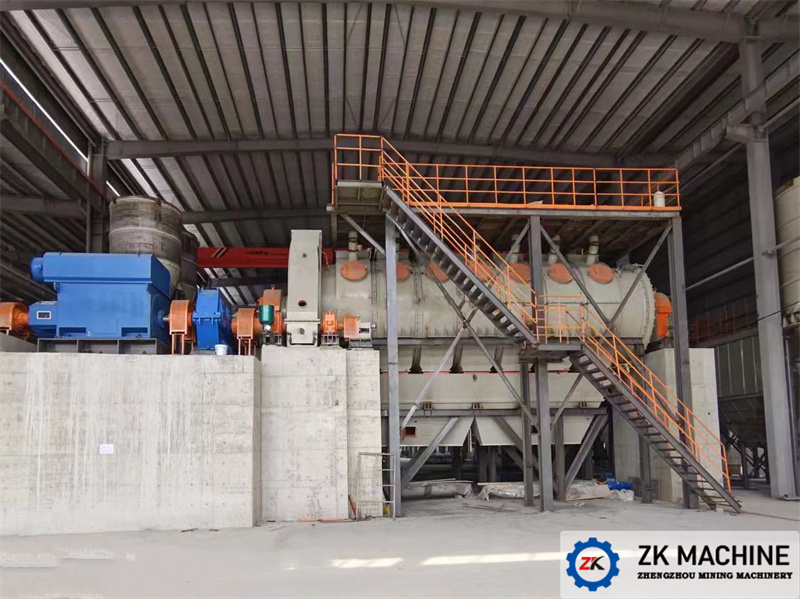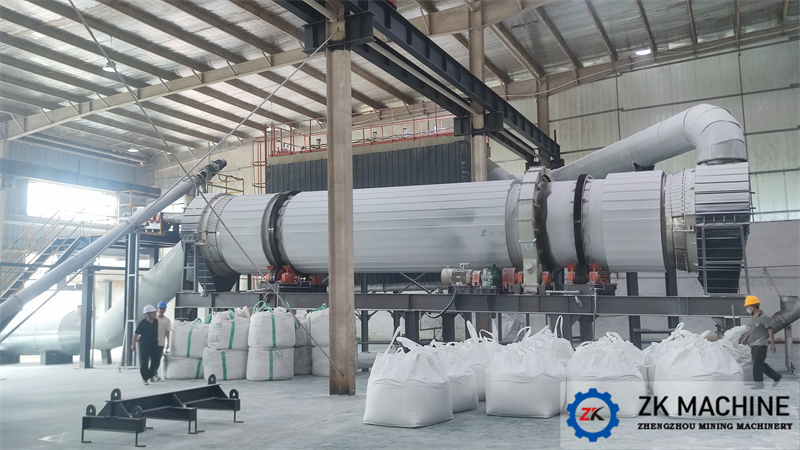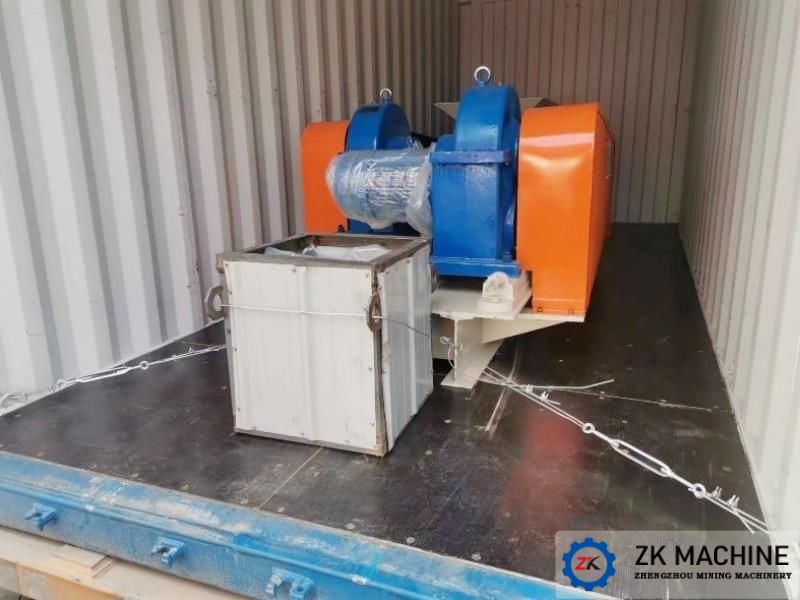Introduction to Disc Pelletizer
1. Introduction:
The disc pelletizer is an essential piece of equipment widely used in industries such as metallurgy, chemicals, and building materials. Its primary function is to transform fine particles or powders into uniform spherical pellets with sufficient strength. This machine utilizes a rotating disc and a water spray system to roll and shape the material into pellets.
2. Working Principle
The core component of the disc pelletizer is its tilted circular disc. Material is continuously fed onto the rotating disc, where it moves downward under the influence of gravity. Simultaneously, a controlled amount of water or binder is evenly sprayed onto the material through nozzles, promoting particle adhesion. As the disc rotates, the material repeatedly rolls and gathers into spherical shapes. Once the pellets reach the desired size, they roll to the edge of the disc and are discharged through the outlet.
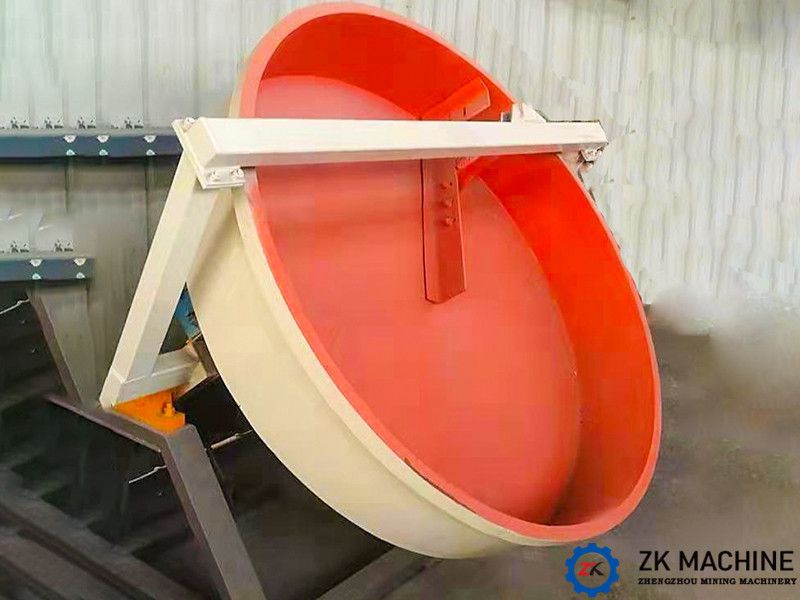
3. Main Components
3.1 Disc:
The primary working area where pellet formation occurs.
The angle and rotation speed of the disc can be adjusted to meet production requirements.
3.2 Drive Device: Includes a motor and reducer to provide the necessary rotational power for the disc.
3.3 Water Spray System:
Ensures proper moistening of the material to enhance particle bonding.
Adjustable spray intensity for optimal pellet formation.
3.4 Scraper Device:
Cleans material buildup on the inner wall of the disc, maintaining efficiency and preventing blockages.
4. Application Fields
4.1 Metallurgical Industry:
Used for pelletizing raw materials such as iron ore powder and limestone powder.
Improves charge permeability and smelting efficiency in blast furnaces.
4.2 Chemical Industry:
Ideal for producing fertilizers, catalysts, and other chemical products.
Enhances product quality and performance.
4.3 Building Materials Industry:
Utilizes industrial waste slag to produce eco-friendly and cost-effective building materials.
Commonly used in cement plants for waste recycling.
5. Summary
The disc pelletizer is highly valued across industries for its simple structure, ease of operation, and low maintenance costs. With advancements in technology, modern versions are becoming more automated and intelligent, significantly improving production efficiency and meeting diverse user needs. Its ability to produce uniform, high-quality pellets makes it indispensable in various industrial applications.
